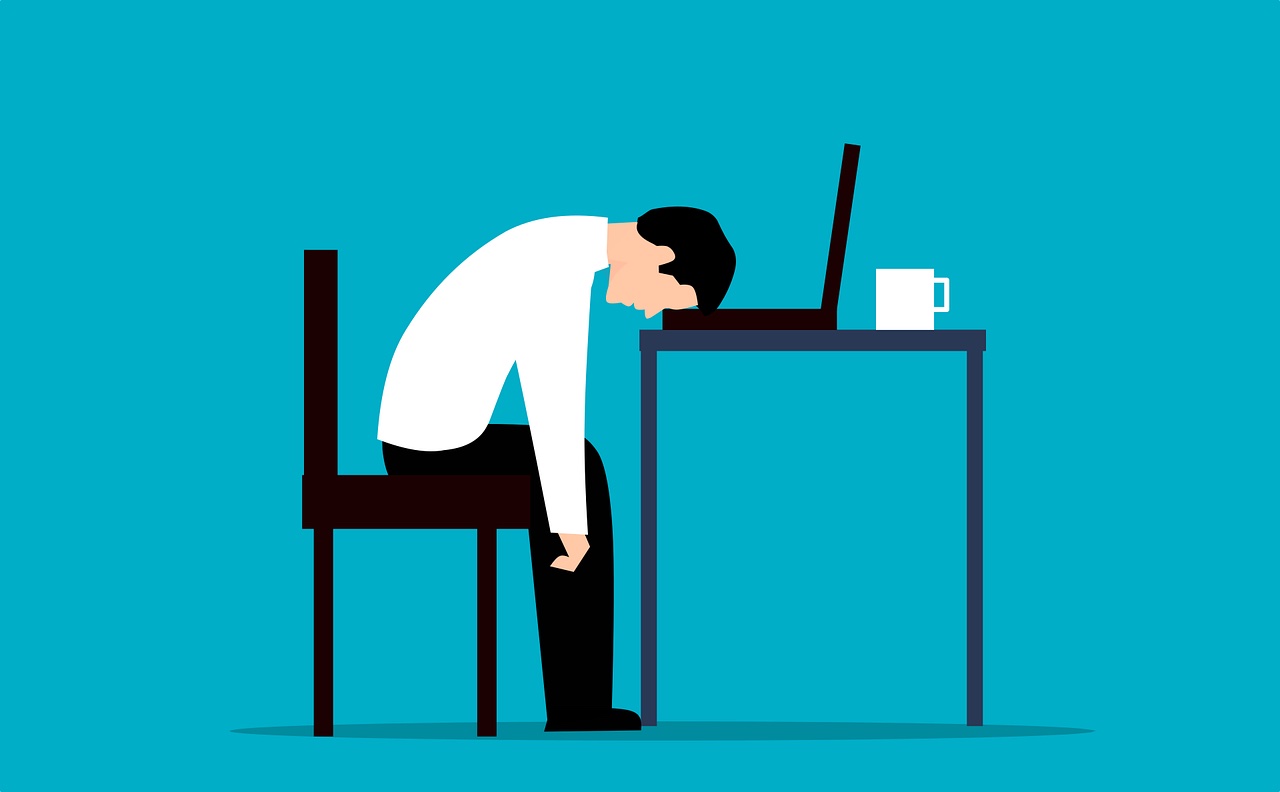
Every once in a while, radiology residents and former radiology residents will ask if they should use radiology recruiters to search for jobs. And, if you glance at some forums (which will remain nameless!), radiology recruiters are labeled the epitome of evil. But, what is the real story behind radiology recruiters? Does it ever make sense to utilize their services? Or should you believe the hype online? Based on my own experience and the perceived experience of current and former radiology job seekers, I will give you the lowdown on the lowly radiology recruiter. By the time I finish, you will understand the good, the bad, and the ugly! (the Amazon affiliate link to the actual movie!)
The Good
Let’s start with the merits of a recruiter. For some with less job experience, recruiters can help improve the applicant’s overall package. What do I mean by that? They can provide services like interview practice, resume scrutinization, and general mentorship. For some, these services can be invaluable.
And then sometimes, these recruiters can provide insights to the applicant, such as contract negotiation tactics, legal help with contracts, and tips for the uninitiated. The recruiter can serve these individuals well if you don’t have the appropriate background to know some of the finer details of these job negotiation skills.
In some markets where the job seekers are scarce and applicants have lots of opportunities, some practices will utilize a recruiter to gain an edge. Rumor has it that those practices that use a recruiter are second-class. But, I don’t believe that is necessarily so. Sometimes, these practices may be smaller or do not have the connections with the local residency program as a feeder for positions. In these situations, recruiters can provide a valuable service to these lesser-known smaller practices, matching the appropriate applicant for the right job opportunity.
Finally, if the applicant is unfamiliar with an area or market, good recruiters can provide a good reference for the lay of the land. A good radiology recruiter will know a lot about the location and the market opportunities. Sometimes, searching for this information can be challenging to find on one’s own during the throes of residency or fellowship.
The Bad
The interests of the radiology recruiter and the applicant do not always align. What do I mean by that? A radiology recruiter can heavily advocate for an applicant to take a job that does not match his needs. If you think about who typically pays the recruiter (the practice), it almost always makes sense for the recruiter to push the job. Now, this can happen whether the job fits or not. To that end, an “honest” radiology recruiter may avoid this conflict of interest. But this is the real world, folks. And, not all recruiters follow the rules of nobility!
The Ugly
So, think about it. How are recruiters paid? Typically, most recruiters receive payment from a practice (a retainer) when they have placed a candidate successfully. And now, who do you think would be the preferred candidate, all things being equal, if you have two folks with precisely the same credentials, one using a recruiter and the other going it alone? Well, it’s pretty simple. The applicant without the recruiter will get the job. Why? It’s free for the practice to acquire the resident without the recruiter! This problem leads to the ultimate paradox of recruiting!
The Real Truth Behind Radiology Recruiters
Radiology recruiters can be a godsend for those applying to noncompetitive locations who are unaware of job opportunities or do not have honed business skills. On the other hand, recruiters can put you at a distinct disadvantage for those interested in more competitive locales with a bit more experience and those who know the opportunities and most of the practices in the neighborhood. So in these cases, I recommend you try to network or cold-call first.
As you can see, based on your situation, a recruiter may or may not be suitable for the applicant. Here’s the bottom line. Do your homework before looking for a recruiter. Radiology recruiters can be the reason for obtaining or losing your next job!















